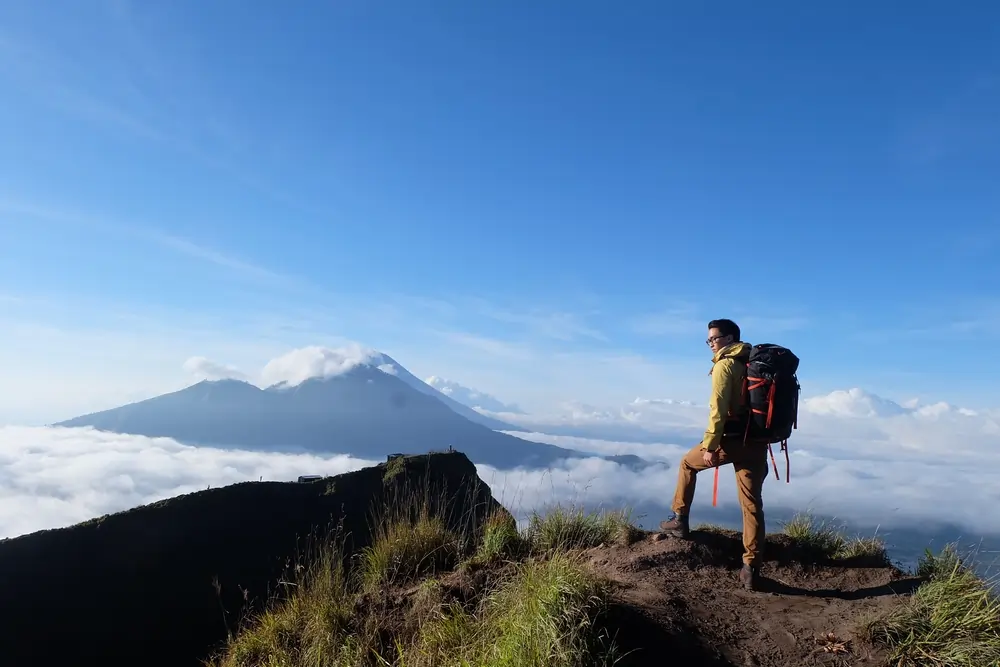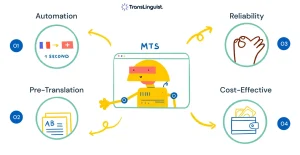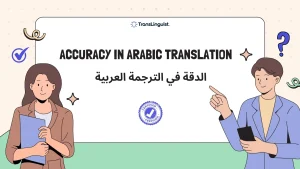In today’s globalized world, mobile apps must cater to diverse audiences across different languages and cultures. However, translating a mobile app into multiple languages comes with its own set of challenges. Ensuring that the app’s message and functionality remain consistent across languages requires careful consideration of linguistic, cultural, and technical aspects. In this blog, we’ll explore the key challenges in translating mobile apps and how to address them effectively, with a focus on how TransLinguist’s services can support your mobile app localization needs. For further insights, you can also check out our blog on Mobile App Translations for Global Success.
1. Cultural Adaptation
One of the biggest challenges in translating mobile apps is cultural adaptation. Direct translation often falls short in conveying the intended message to users from different cultural backgrounds. Certain phrases, symbols, or even colors may have different connotations in other cultures, potentially leading to misunderstandings.
Solution: To address this challenge, it’s crucial to work with professional translators who are not only fluent in the target language but also understand the cultural nuances of the region. At TransLinguist, we offer specialized transcreation services that go beyond literal translation to adapt content in a way that resonates with the target audience while maintaining the original intent of the message.
2. Technical Limitations
Translating mobile apps isn’t just about words; it’s also about ensuring the translated text fits within the app’s design and technical framework. Mobile apps often have limited space, and translated text may take up more space than the original, leading to layout issues.
Solution: Collaboration between translators and developers is key. By utilizing tools like CAT tools and desktop publishing services, TransLinguist ensures that translated content fits seamlessly into the app’s design without compromising user experience. Additionally, our team can provide multilingual SEO services to optimize the content for search engines in various languages.
3. Maintaining Consistency Across Languages
When translating mobile apps into multiple languages, maintaining consistency in terminology and tone is a major challenge. Inconsistent translations can confuse users and diminish the overall user experience.
Solution: Using a comprehensive translation memory system helps maintain consistency across all translations. TransLinguist’s translation services include the use of advanced translation tools that store previously translated terms and phrases, ensuring consistency across all versions of the app. This not only improves quality but also reduces translation time and costs.
4. Handling Right-to-Left Languages
For languages like Arabic and Hebrew, which are written from right to left (RTL), translating mobile apps can be particularly challenging. The entire app layout needs to be adjusted to accommodate RTL languages, which may require significant changes to the app’s user interface (UI).
Solution: Working with experienced localization experts who are familiar with RTL languages is essential. TransLinguist’s web and app localization services ensure that your app is fully functional and user-friendly in RTL languages. Our team collaborates closely with developers to re-engineer the app’s UI for RTL languages while maintaining the same level of functionality and user experience.
5. Testing and Quality Assurance
Ensuring the quality of translated content is another significant challenge. Errors in translation can lead to user frustration and may even cause users to abandon the app.
Solution: Thorough testing and quality assurance (QA) are crucial in mobile app translation. TransLinguist provides software localization testing services that include linguistic testing, functional testing, and visual testing. Our QA process ensures that the translated app performs as intended across all languages and devices, delivering a seamless user experience.
6. Adapting to Regulatory Requirements
Different regions have different regulatory requirements, particularly in sectors like finance, healthcare, and government. Translating mobile apps for these sectors requires an understanding of local laws and regulations.
Solution: Partnering with a translation provider experienced in regulatory compliance is critical. TransLinguist has extensive experience in sectors such as financial services, life sciences, and government, ensuring that all translated content meets local regulatory standards. Our legal translation services are designed to ensure that your app complies with all necessary legal requirements in the target region.
Conclusion
Translating a mobile app into multiple languages is a complex process that requires careful planning and execution. From cultural adaptation and technical challenges to maintaining consistency and ensuring quality, each step must be handled with expertise. By partnering with TransLinguist, you gain access to a team of experienced professionals who can guide you through every stage of the translation process, ensuring that your mobile app is not only accessible to a global audience but also delivers a top-notch user experience.
For more information on how TransLinguist can assist with your mobile app translation and localization needs, visit our website or get in touch with our team today.



